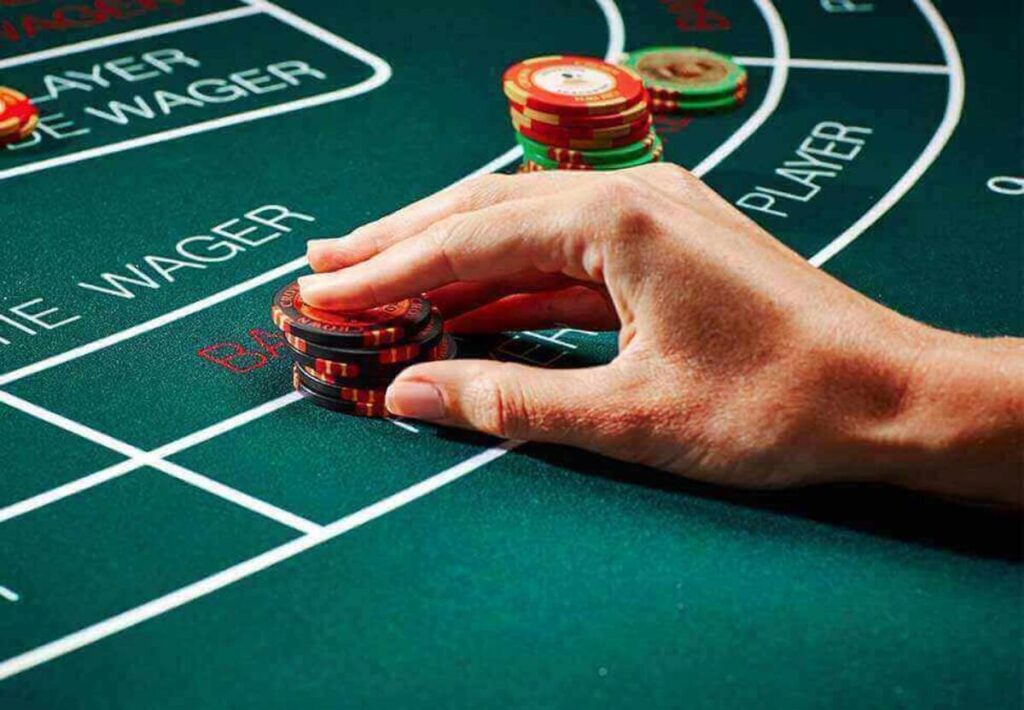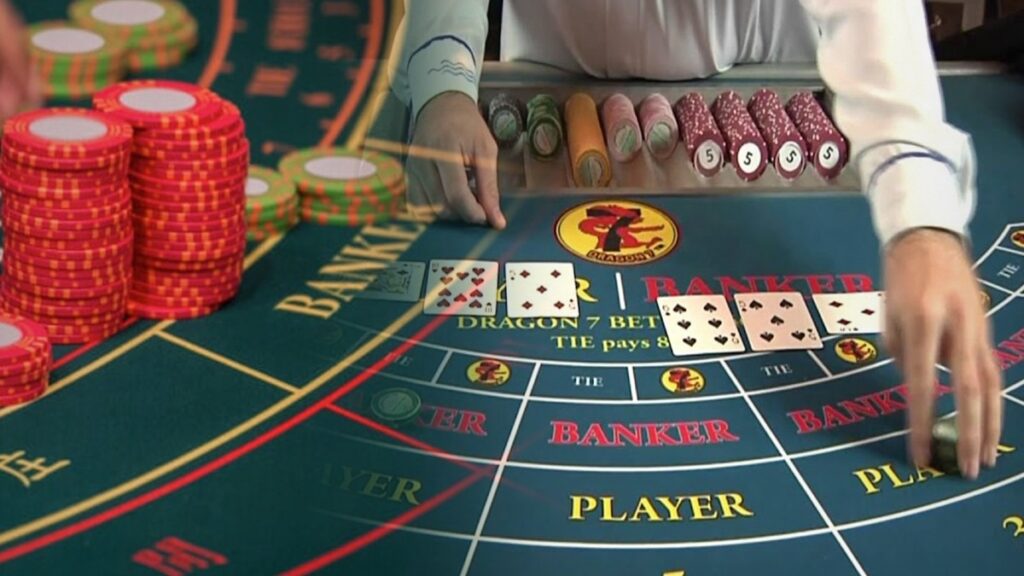Understanding Baccarat: The Third Card Rules Explained
Baccarat, a classic card game enjoyed in casinos worldwide, often intimidates newcomers due to its seemingly complex third card rules. However, once you break down these rules, you’ll find they are logical and straightforward. This article aims to simplify these rules, making it easier for you to follow the game and enhance your enjoyment, whether you’re a player or aspiring dealer.
The Basics of Baccarat
Before diving into the third card rules, it’s essential to understand the basic framework of baccarat. The game is played between two hands: the Banker and the Player. Participants bet on which hand will have a total closest to nine, or if the game will end in a tie.
Card Values and Scoring
In baccarat, card values are straightforward. Face cards (Kings, Queens, Jacks) and Tens are worth zero points, Aces are worth one point, and all other cards are worth their face value. When the total value of the cards exceeds nine, only the second digit is considered. For example, a hand consisting of a seven and an eight totals 15, but in baccarat, it counts as five.
Natural Hands in Baccarat
A crucial concept in baccarat is the “natural” hand. If the first two cards total eight or nine, this is called a natural hand, cc6 and no further cards are drawn. This rule applies to both the Player and the Banker.

Rule #1: The Player’s Third Card Rule
The Player’s hand is always evaluated first. If the Player’s total is between 0 and 5, the Player draws a third card. If the total is 6 or 7, the Player stands. Understanding this initial step is key to following the rest of the third card rules.
Rule #2: The Banker’s Third Card Rule if the Player Stands
If the Player stands (i.e., has a total of 6 or 7), the Banker then follows a similar rule: the Banker draws a third card if their total is between 0 and 5 and stands with a total of 6 or 7. This step mirrors the Player’s rule and keeps the game balanced.
Practice Makes Perfect
While these rules may seem intricate at first, regular practice will help solidify your understanding. Observing live games or using online baccarat simulators can be particularly useful. As you become more familiar with the flow of the game, the third card rules will start to make more sense.
Applying the Knowledge as a Dealer
If you aspire to become a baccarat dealer, mastering these rules is essential. Dealers must be able to quickly and accurately apply the third card rules to ensure the game runs smoothly. Understanding these rules thoroughly can also give you an edge in job applications cc6 and interviews in the casino industry.
Enhancing Your Baccarat Experience
For players, knowing the third card rules can enhance the gaming experience. You’ll appreciate the nuances of each hand dealt and make more informed betting decisions. Additionally, this knowledge can make the game more enjoyable, as you’ll cc6 understand the logic behind each draw and stand.
Final Thoughts on Baccarat Strategy
Baccarat is not just a game of chance; understanding its rules and strategies can improve your gameplay. Whether you’re a casual player or an aspiring dealer, mastering the third card rules is a critical step. Remember, baccarat is a game designed for enjoyment, so take the cc6 time to learn and appreciate its intricacies.

